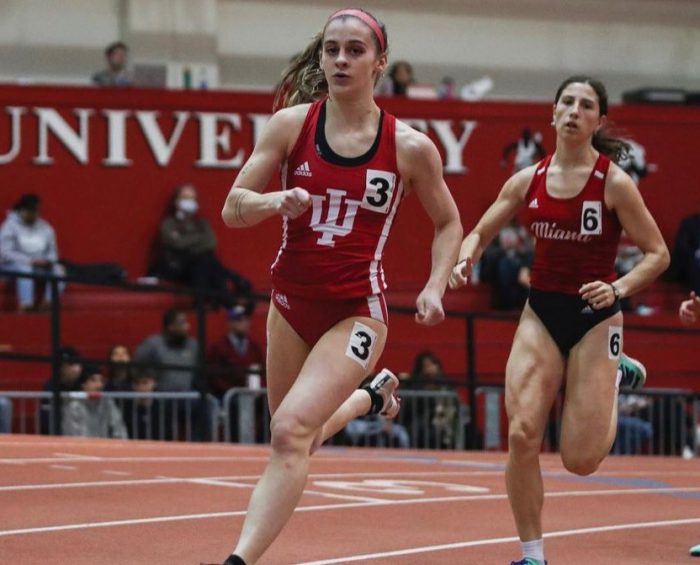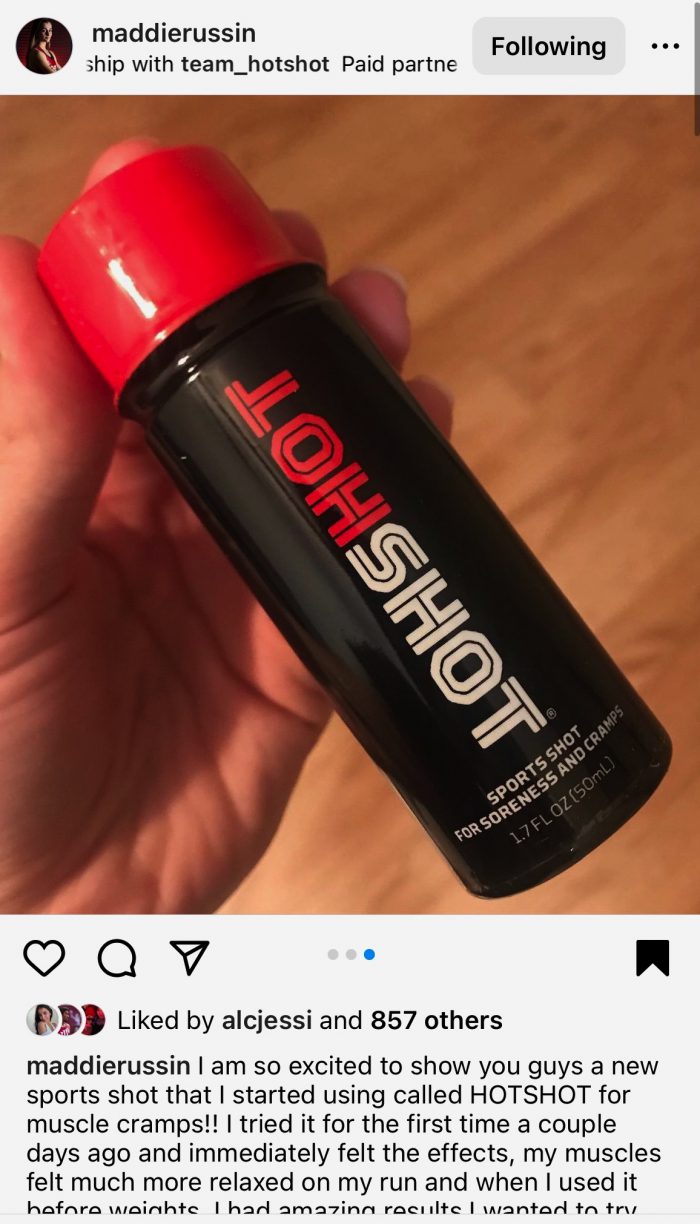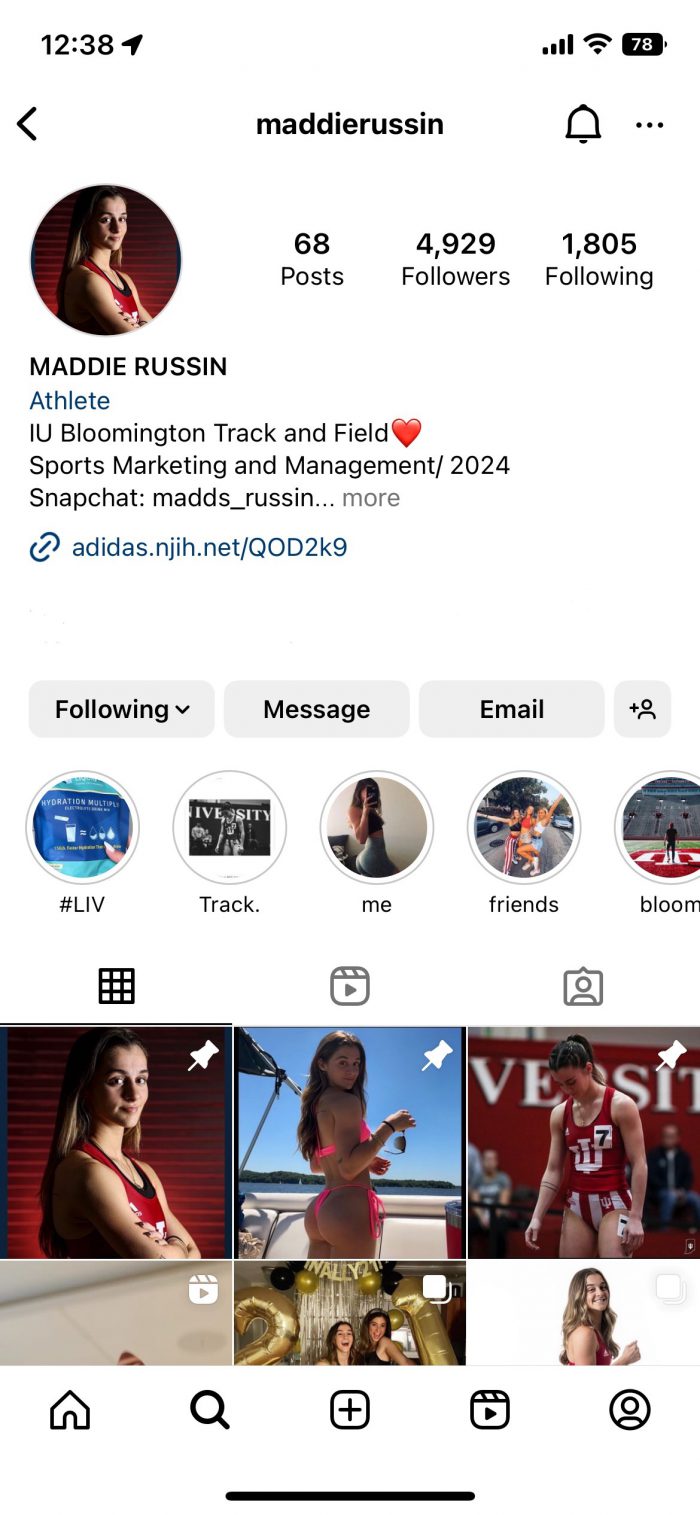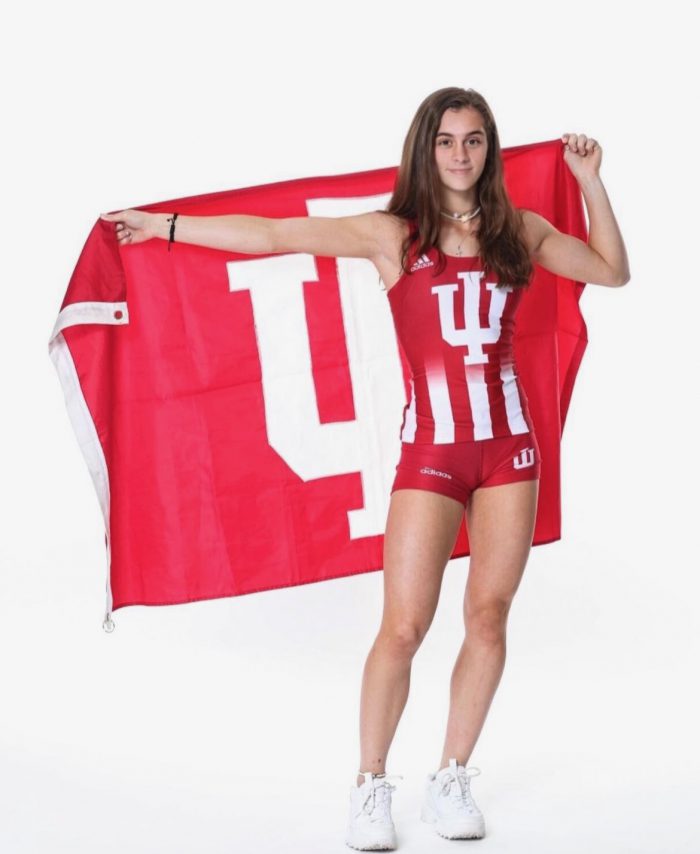Inside the World of Name, Image, and Likeness
Kylee Corman
April 18, 2023
The world of college sports changed forever almost two years ago when the Supreme Court ruled that student athletes would now be able to profit off their Name, Image, and Likeness.
The NCAA had always maintained that the lack of compensation towards student-athletes was what maintained the amateur status of college sports. If the student-athletes were to get paid, the NCAA would just be another professional league. However time was running out for the NCAA, as some states were creating their own legislation stating that student-athletes in those states would be allowed to make money off of their NIL. The NCAA had seen multiple court cases like O’Bannon vs. NCAA that challenged the NCAA guidelines, and ultimately in 2021 the NCAA vs. Alston ruling would be the turning point.
In the years following the ruling, student-athletes have been allowed to sign promotional deals with local and national businesses. Some of the bigger names such as Bryce Young, a quarterback at Alabama, or Armando Bacot, a basketball player at North Carolina, have been able to profit nationally, appearing in commercials and television shows. However, not every athlete has the following or market value to be that successful. A lot of athletes from smaller, non-revenue generating sports do not see quite that many dollar signs, but it is not to say deals are not out there for those athletes.
Maddie Russin, a track and field runner at Indiana University, has thrived in the new world of NIL. Prior to NIL, Maddie had to be careful about what she could or could not do. Already having an impressive Instagram following, she had been offered to do sponsorships before but had to say no due to NCAA rules. Now she can gladly accept any offer she choses.
Not only that, but Maddie has over six sponsorships with which she gets anything from free samples, clothes, or even straight up cash. Some of these deals include brands such as Liquid IV, Amelia Activewear, Hoosiers for Good, and more.
Maddie is one of the student-athletes whose NIL deals coincide with what the NCAA expected for NIL. However, for more high-stakes sports such as football and basketball, a different type of deal comes to light that causes some controversy.

Maddie Russin at an indoor meet in February 2023

One of Maddie's promotional Instagram posts for HotShot

Maddie Russin boasts almost 5,000 Instagram followers

Maddie Russin when she committed to IU

One of Maddie's promotional Instagram stories
One thing that neither schools nor the NCAA could have predicted would be the use of NIL from boosters and collectives. Boosters are typically wealthy university or athletic department donors who write checks to these student athletes to entice transfers or incoming high school recruits to chose one school over another. One of the most famous cases of this is the story of Jaden Rashada, a four-star quarterback, who was originally promised $9 million from University of Miami donor John Ruiz. All he would have to do is commit to U of Miami. The deal reportedly fell through and Rashada ultimately decommitted from U of Miami.
The other facet of that is collectives. Collectives are where people can donate to, essentially, a pool of money that is distributed across athletes. It may be for a specific sport, it may be to reward an activity, and it can also be to pay recruits.
Indiana University has two main collectives, Hoosier Hysterics NIL Collective and the Hoosiers for Good Collective. Hoosier Hysterics is currently a basketball-only collective, while they are working on an addition of a football one. Hoosiers for Good pays athletes of all sports to either promote a charity or appear at some type of charity event.
The world of NIL can be difficult for a student-athlete to manage. There are very few who can afford to hire a reliable, trustworthy agent. Others have family or friends who may not be entirely educated on the subject that try to manage that part of their lives. People as such also may not now how to find those deals, and when they do, how to deal with the legalities of those deals.
For students looking for contractual and legal advice, at Indiana University, the Maurer School of Law offers a program where they will look over contracts and deals and offer legal advice before a student-athlete agrees to the terms and conditions of a contract. They will make sure the contract follows school policy, state policy, NCAA policy, and is fair to the student-athlete themselves, all free of charge.
So how do these student-athletes find these deals? There are a few different ways. Brands may reach out through direct messages on social media platforms, but another resource student-athletes have at Indiana University, as well as many others, is a platform called OpenDorse. With OpenDorse, a student-athlete can create a profile and brands search through the profiles to find a student-athlete that will be a perfect match. Maddie utilizes the platform and has gotten multiple deals from it.
NIL is a hot topic, and probably will never not be. But it has grown in popularity amongst businesses and student-athletes like Maddie, and most likely is here to stay.










